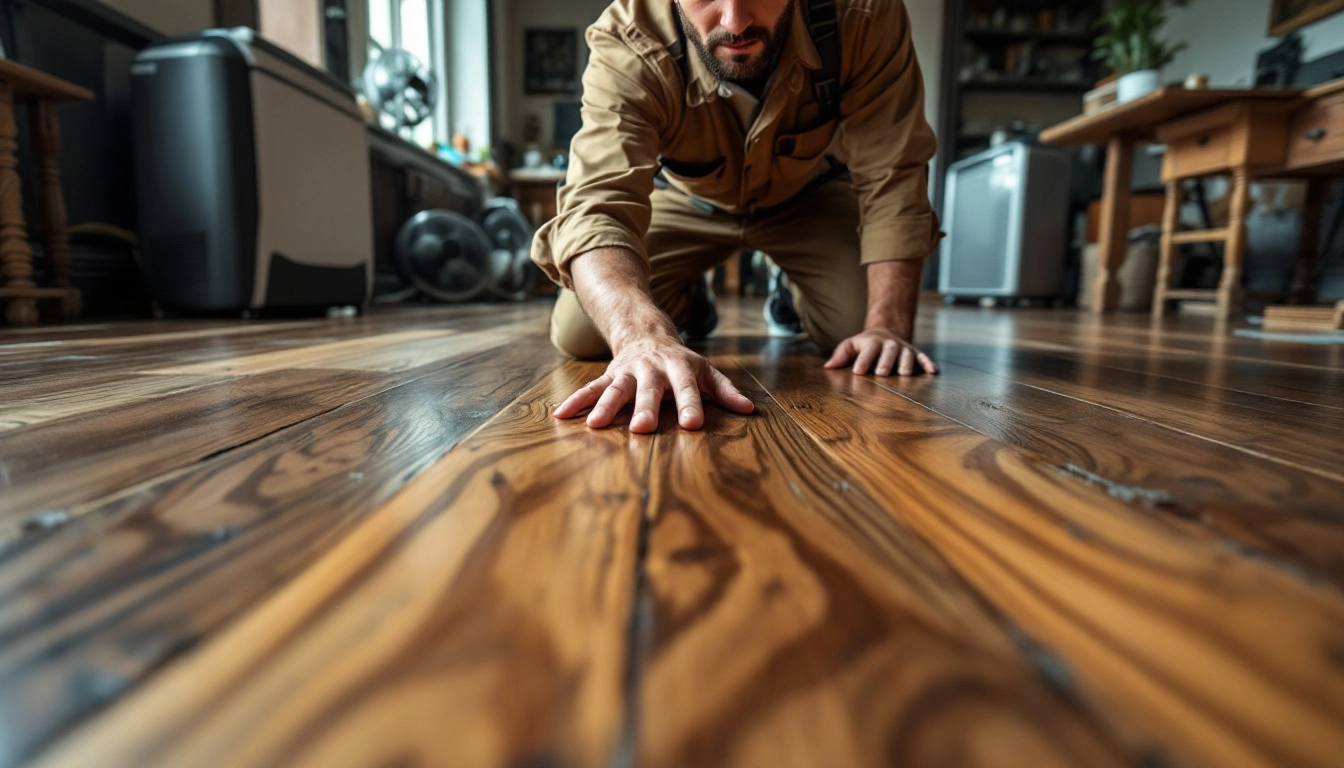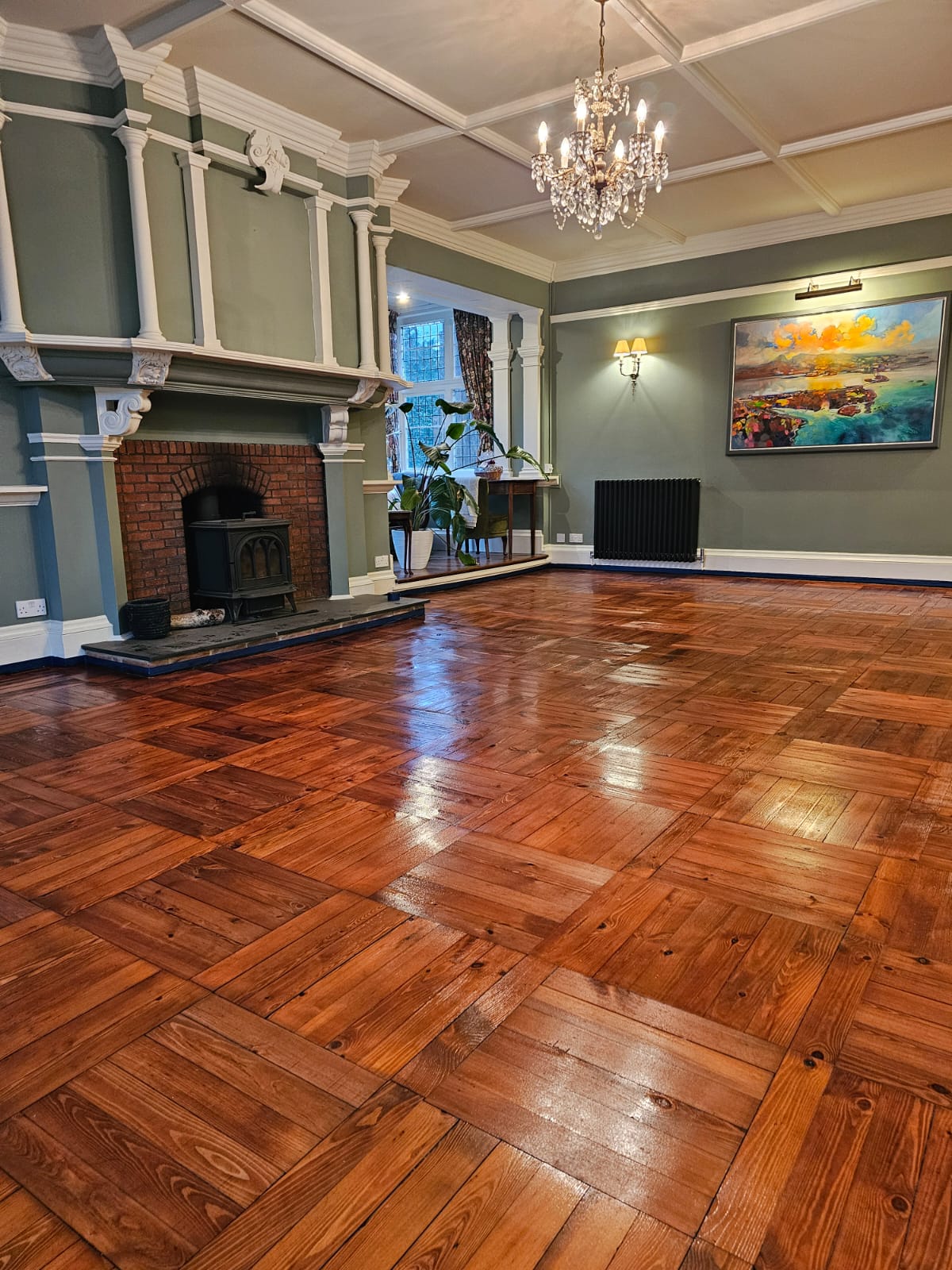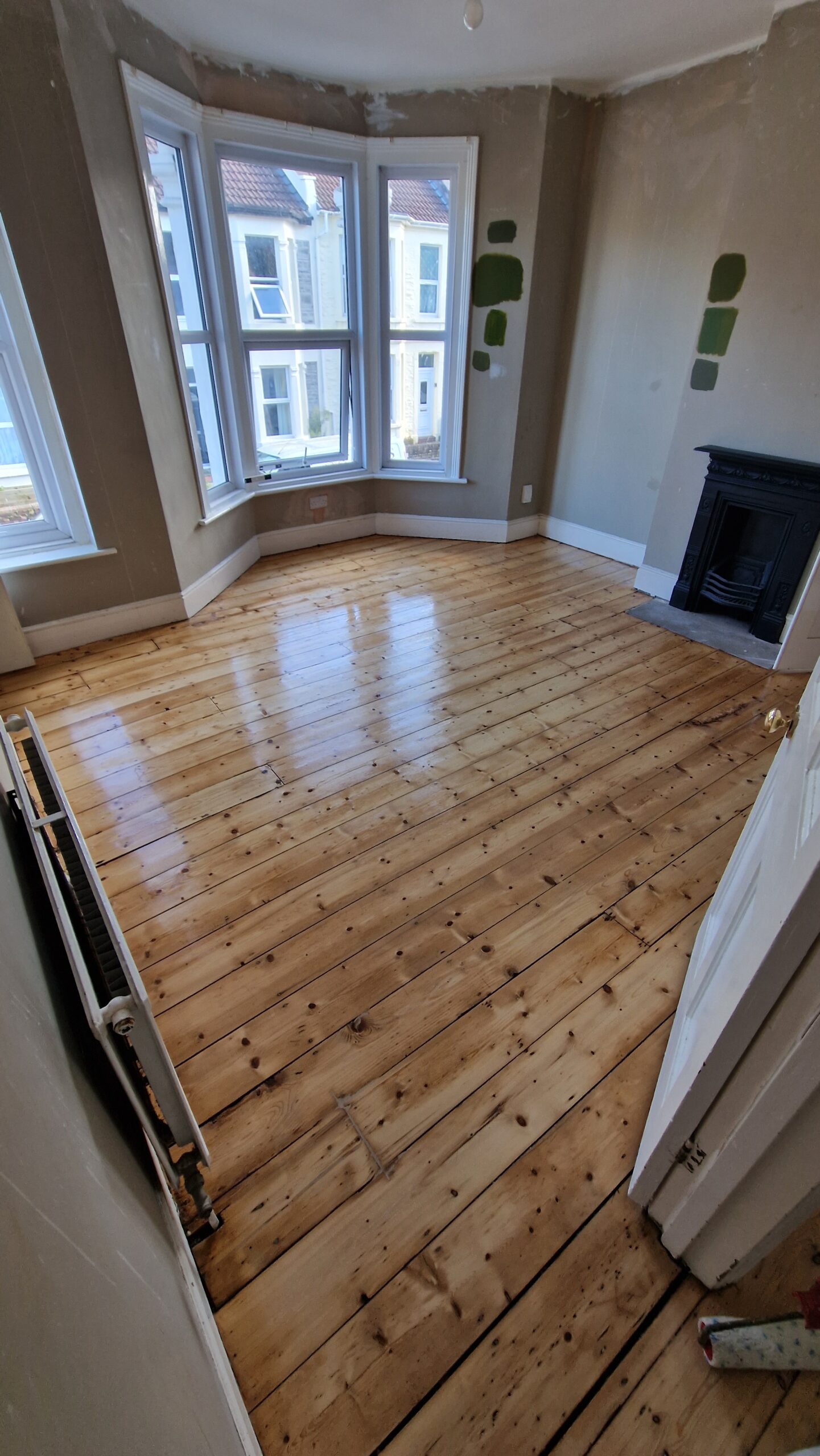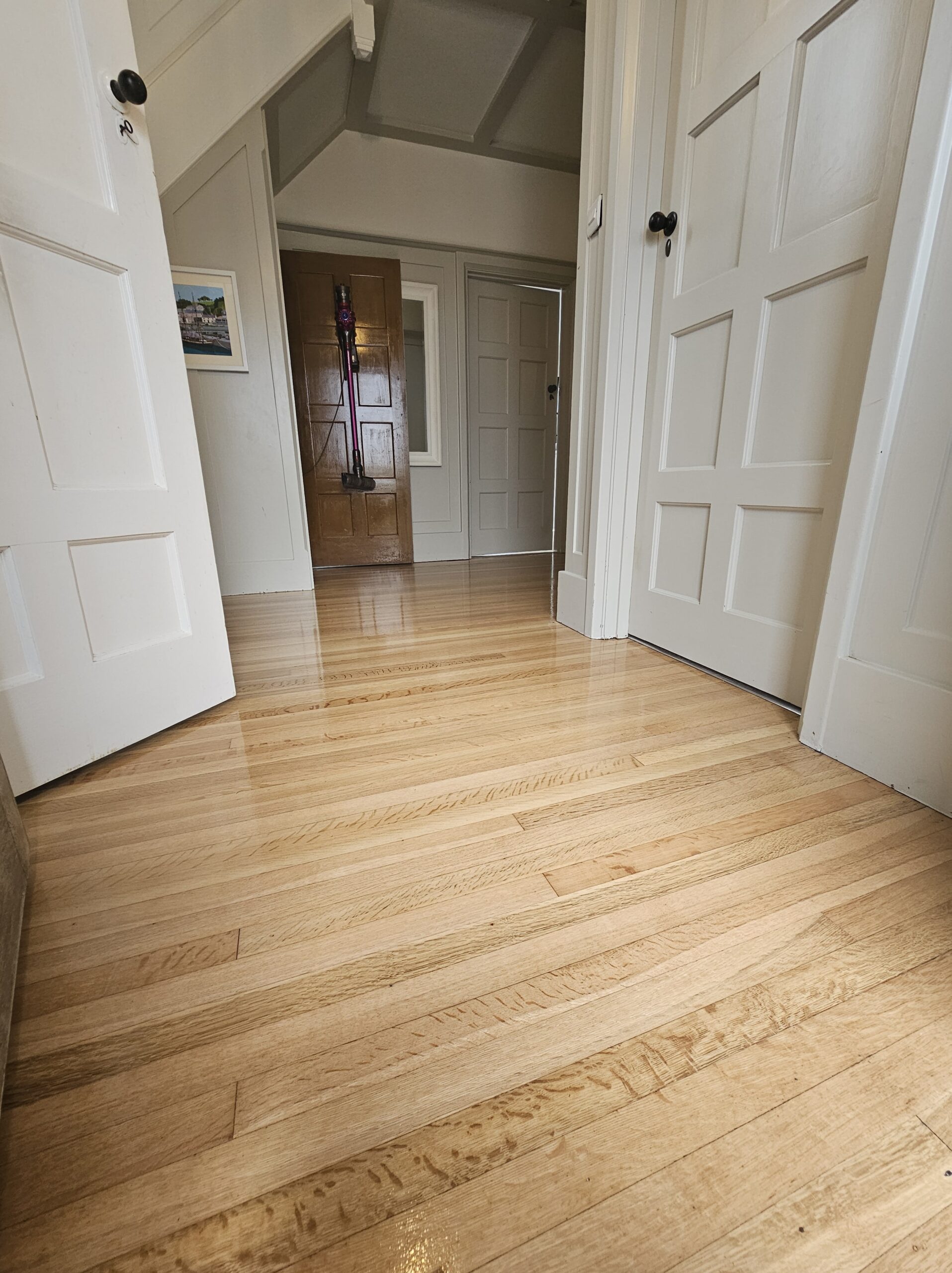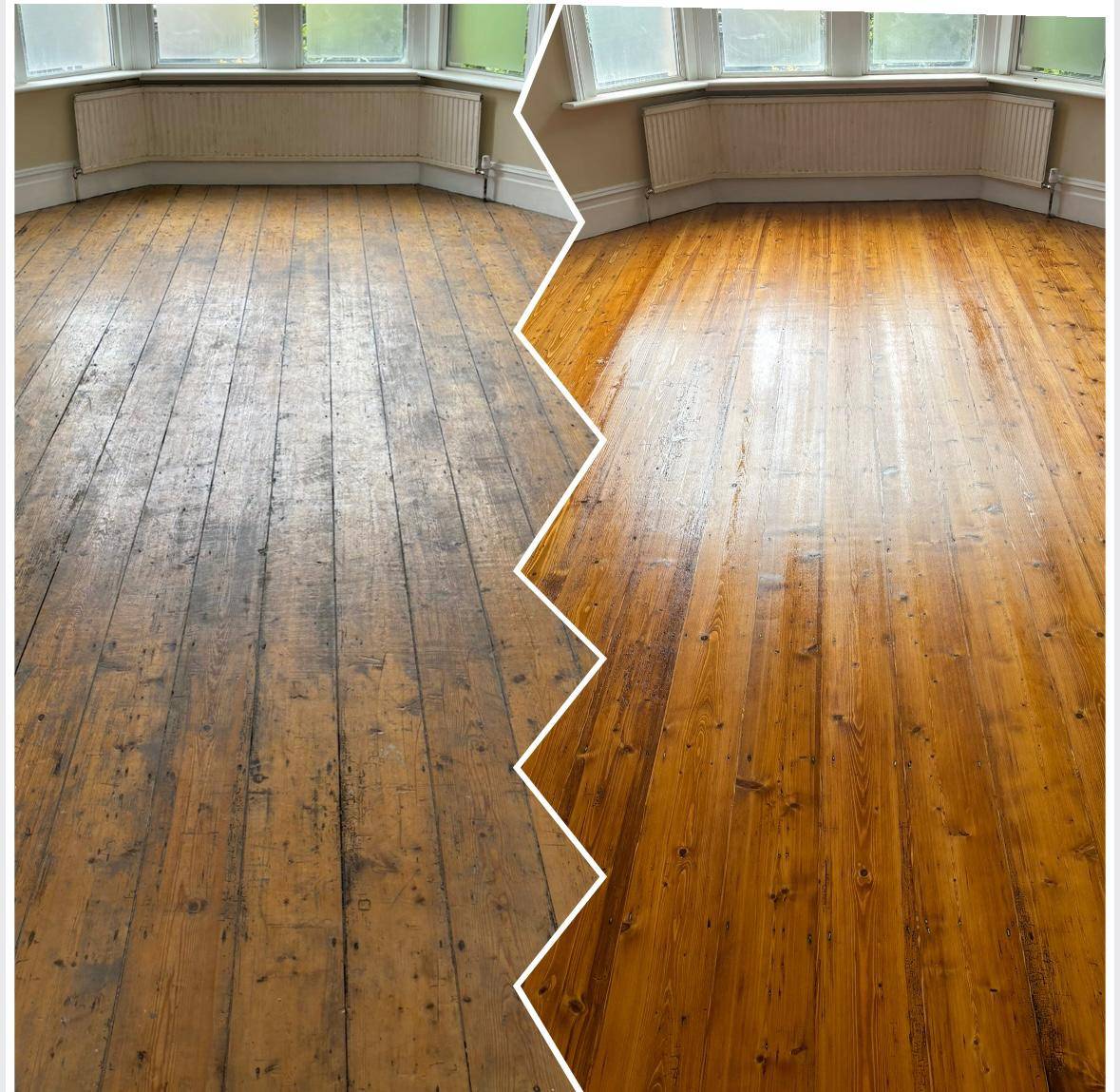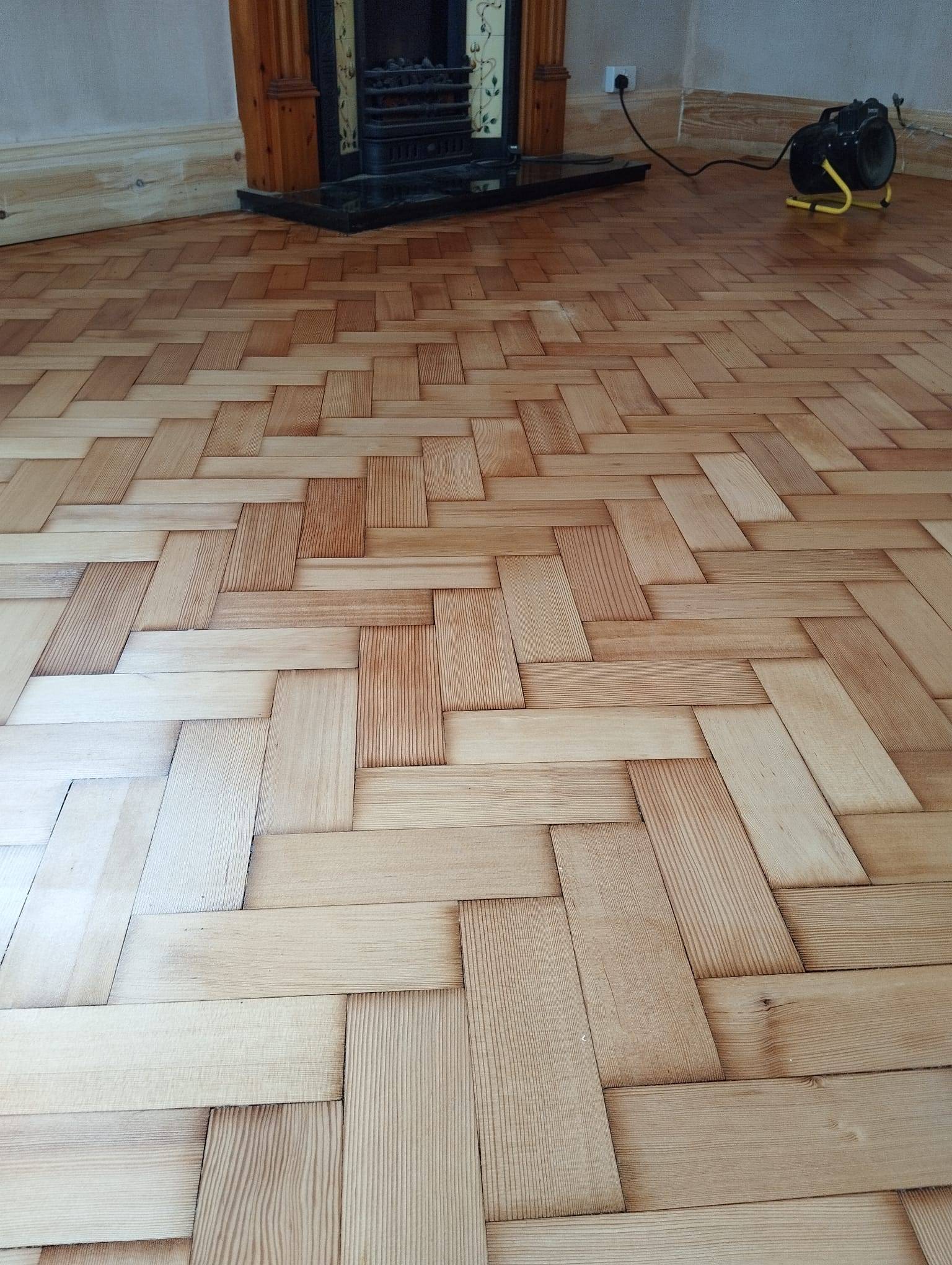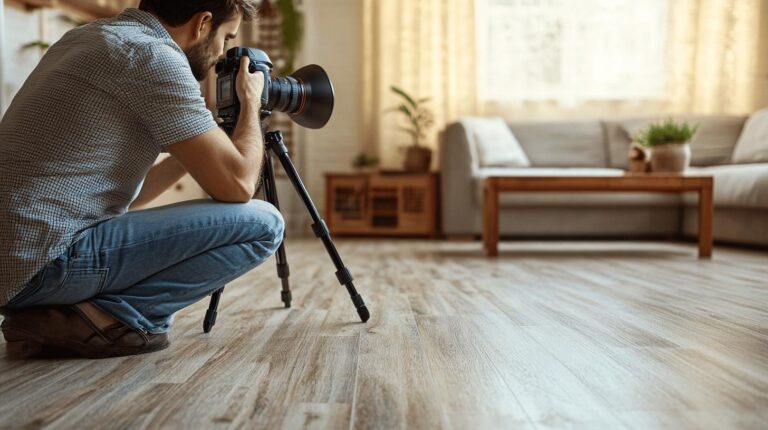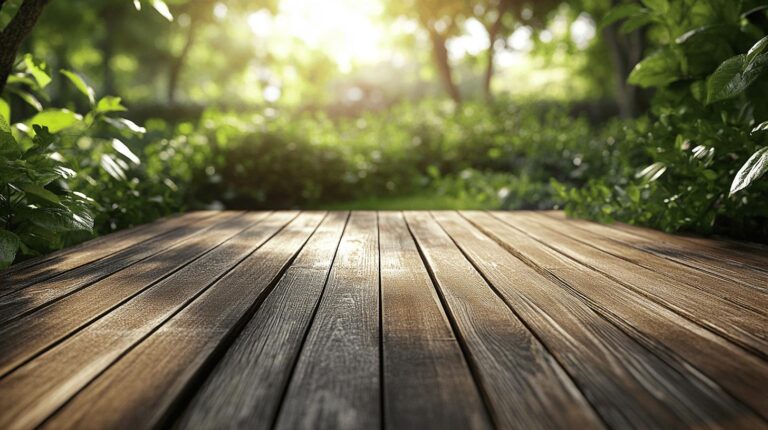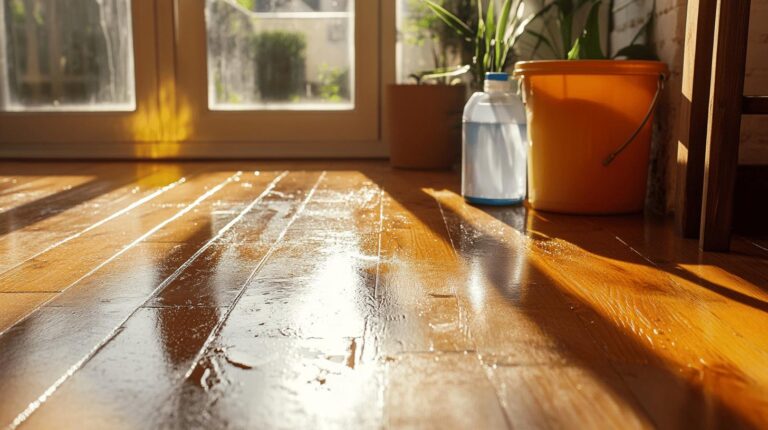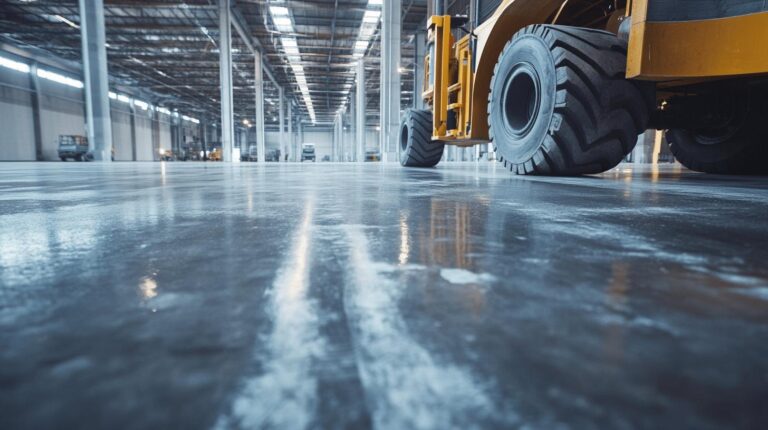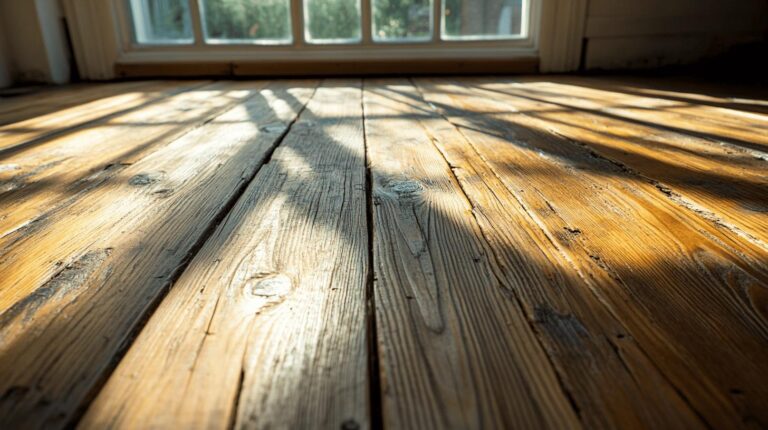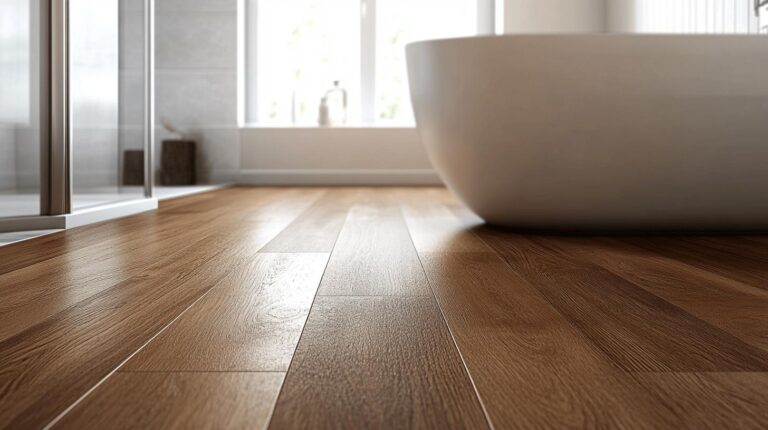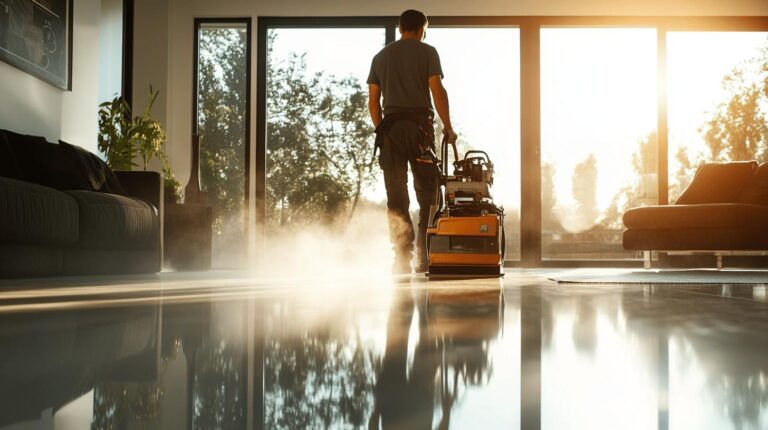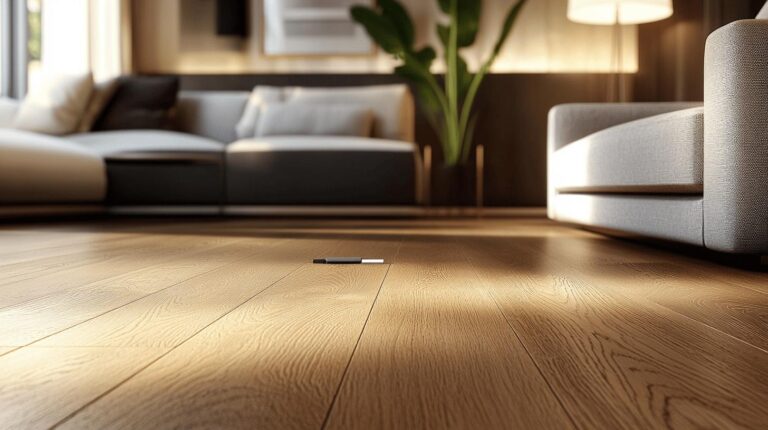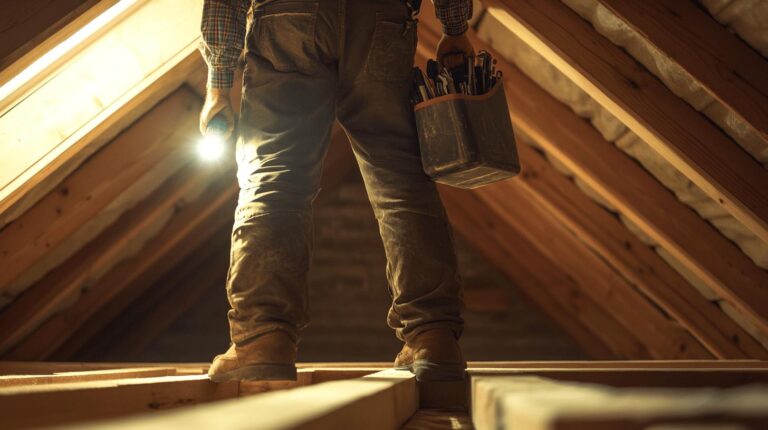When it comes to wood flooring, are you finding more problems than beauty in your home? The allure of hardwood can quickly fade if plagued by scratches, water damage, cupping, gaps, buckling, discolouration, or creaks. Fortunately, each issue can be expertly resolved. From managing scratches inflicted by everyday mishaps to addressing the buckling caused by moisture, understanding these common problems is the first step to maintaining elegance and value in your living space. Read on for Professional insights and solutions from Ryan’s Restoration that ensure a polished, problem-free wood floor.
Understanding Scratches on Wood Floors
Scratches on wood floors are a frequent issue, primarily caused by everyday activities. Pets running across the flooring with their claws exposed and heavy objects being dropped inadvertently can lead to unsightly dents and scratches. These imperfections not only affect the aesthetic appeal of the floor but can also compromise its longevity if not addressed promptly.
Immediate solutions for repairing scratched wood floors include the application of wood repair kits, which are readily available and user-friendly for minor abrasions. These kits typically contain wax filler sticks or touch-up markers that match the wood’s colour, allowing homeowners to conceal scratches effectively. Additionally, polishing techniques can be employed to restore the floor’s original sheen, helping to blend minor scratches with the surrounding area. For deeper scratches, sanding the affected area and applying a suitable finish may be necessary to achieve a seamless repair.
- Use furniture pads under the legs to prevent scratches.
- Implement regular cleaning routines to remove abrasive dirt and debris.
- Trim pets’ nails regularly to minimise surface damage.
- Avoid dragging heavy objects across the floor.
- Use area rugs in high-traffic zones for added protection.
For severe damage, where scratches are deep and widespread, it is advisable to consult professionals such as Ryan’s Restoration. Experts have the necessary tools and expertise to handle extensive repairs, ensuring that the floor not only looks pristine but also maintains its structural integrity. Professional intervention can often save time and prevent further damage, making it a wise investment for significant issues.
Addressing Water Damage to Wood Floors
Water damage is a crucial concern for wood flooring, as it can lead to severe structural issues such as buckling and swelling. When excess moisture infiltrates the wood, it causes the planks to expand unevenly. This expansion can compromise the integrity of the floor, leading to lifted sections and distorted surfaces. Additionally, prolonged exposure to moisture can encourage the growth of mould and mildew, further damaging the wood and creating potential health hazards.
Expert solutions to combat water damage involve immediate action to remove moisture and prevent further deterioration. One effective method is the use of dehumidifiers to reduce ambient humidity and draw excess moisture from the floor. Immediate drying with fans or specialised drying equipment can also help stabilise the affected area. For severe cases, professionals may need to remove the damaged sections, replace them, and ensure the subfloor is thoroughly dried to prevent recurrence.
Preventative measures are essential to protect wood floors from water damage. Installing moisture barriers beneath the flooring can significantly reduce the risk of moisture infiltration from below. Regular inspections by professionals like Ryan’s Restoration can help identify potential issues early, allowing for timely interventions. Additionally, maintaining a stable indoor climate with controlled humidity levels and promptly addressing spills will contribute to the longevity and condition of the wood floor.
Solutions for Wood Floor Cupping
Wood floor cupping is a common issue that arises when the wood absorbs excess moisture, leading to the edges of the planks rising above the centre and creating a concave shape. This moisture imbalance is often due to high humidity levels in the environment or moisture seeping up from the subfloor. Poor ventilation, leaks, and improper acclimation of the wood before installation can exacerbate the problem, causing the wood to expand unevenly and distort its natural shape.
Addressing wood floor cupping requires a combination of immediate and long-term strategies. One effective solution is to ensure that the wood is properly acclimated to the indoor environment before installation, allowing it to adjust to the home’s humidity levels. Using moisture meters can help monitor the moisture content in the wood, ensuring it remains within an acceptable range. If cupping occurs, drying out the affected area gradually can help the wood return to its original state. Dehumidifiers and fans can be employed to reduce ambient moisture and stabilise the flooring. If necessary, sanding and refinishing the floor may be required once the moisture levels are balanced.
- Maintain even humidity levels within the home year-round.
- Ensure proper subfloor ventilation to allow moisture to escape.
- Use moisture barriers during installation to prevent moisture from reaching the wood.
- Regular inspections should be conducted to catch early signs of moisture imbalance.
For severe cases of cupping, consulting professional services like Ryan’s Restoration is highly recommended. These experts can diagnose the underlying cause of the moisture imbalance and offer tailored solutions to rectify the issue. Their expertise in handling complex cases ensures that the wood floor is restored to its optimal condition, preserving its aesthetic appeal and structural integrity for the long term.
Expert Advice on Preventing Gaps in Wood Floors
Gaps in wood floors are primarily caused by the loss of moisture, leading to shrinkage and the formation of spaces between floorboards. This phenomenon often occurs when floors are installed in conditions of high humidity and subsequently experience contraction during drier seasons. As wood is a natural material, it expands and contracts in response to changes in the surrounding environment. Seasonal fluctuations, particularly in humidity levels, are a key factor in the development of these gaps, affecting both the appearance and integrity of the flooring.
To effectively prevent gaps in wood floors, it is crucial to maintain consistent indoor humidity levels throughout the year. This can be achieved by using humidifiers during the dry winter months when indoor air tends to be less humid. Aiming for an indoor humidity level between 30% and 50% helps minimise wood contraction. Additionally, ensuring that the wood is properly acclimated to the indoor environment prior to installation can mitigate the likelihood of gapping. This acclimation process allows the wood to adjust to the average humidity levels of the space, reducing the risk of significant expansion or contraction post-installation.
For more complex gap issues, professional intervention is recommended. Specialists like Ryan’s Restoration can offer tailored solutions by assessing the specific environmental conditions and the characteristics of the wood. They are equipped with the expertise to implement corrective measures, such as adjusting the floorboards or applying appropriate treatments to stabilise the wood. Consulting with professionals ensures that more severe cases of gapping are addressed efficiently, preserving the aesthetic and structural quality of the wood flooring.
Tackling Floor Buckling and Warping
Buckling and warping are significant issues that can compromise the integrity and appearance of wood floors. Buckling occurs when floor planks lift off the subfloor, often due to excessive moisture infiltrating the wood. This moisture can originate from sources such as floods, leaks, or high humidity levels. Warping, on the other hand, involves changes in the shape of the wood itself, typically resulting from uneven moisture absorption or rapid drying. Both problems can lead to uneven surfaces and potential structural damage if not addressed promptly.
Immediate DIY solutions for tackling buckling and warping involve addressing the moisture problem quickly. For minor buckling, drying out the affected area using fans or dehumidifiers can help stabilize the wood. It’s crucial to ensure that all sources of moisture are eliminated to prevent further issues. For warped floors, gradual drying is necessary to avoid additional stress on the wood. Avoid using excessive heat, as it can exacerbate the problem by causing the wood to dry too quickly and crack.
For severe cases of buckling and warping, professional intervention is often required to achieve effective and lasting repairs. Consulting experts such as Ryan’s Restoration can provide comprehensive solutions tailored to the specific conditions of the floor. Professionals have the expertise to assess the extent of the damage, remove and replace affected sections if necessary, and ensure that the underlying causes are addressed to prevent recurrence. Engaging with professional services not only restores the floor’s structural integrity but also enhances its longevity and visual appeal.
Avoiding Discoloration in Wood Floors
Discolouration in wood floors is a common issue predominantly caused by factors such as UV exposure, spills, and pet urine. When wood floors are exposed to strong sunlight over time, the UV rays initiate a process called oxidation, which alters the wood’s natural colour, often darkening it. Additionally, accidental spills and pet urine can leave stains that penetrate the wood, further contributing to discolouration. These changes not only affect the aesthetic appeal of the flooring but can also highlight areas of neglect over time.
To combat these issues, several solutions can be implemented to maintain the pristine appearance of wood floors. Applying UV-blocking treatments or sealants can significantly reduce the impact of sunlight, preserving the floor’s original hue. Regular polishing is also beneficial as it helps maintain the finish, providing a protective layer that can resist stains. For existing stains, gentle sanding followed by reapplication of the finish can help restore the affected area to match the rest of the floor.
- Use area rugs to shield high-traffic and sun-exposed areas.
- Rearrange furniture periodically to ensure even exposure to light.
- Implement a no-shoes policy indoors to minimise spill and dirt exposure.
Consulting professionals like Ryan’s Restoration are advisable for significant discolouration that cannot be addressed with DIY methods. These experts have the tools and experience necessary to assess and treat severe discolouration issues effectively. They can provide tailored solutions that not only restore the floor’s appearance but also enhance its durability and resistance to future discolouration, ensuring the wood floor remains a timeless feature of the home.
Managing and Preventing Floor Creaks
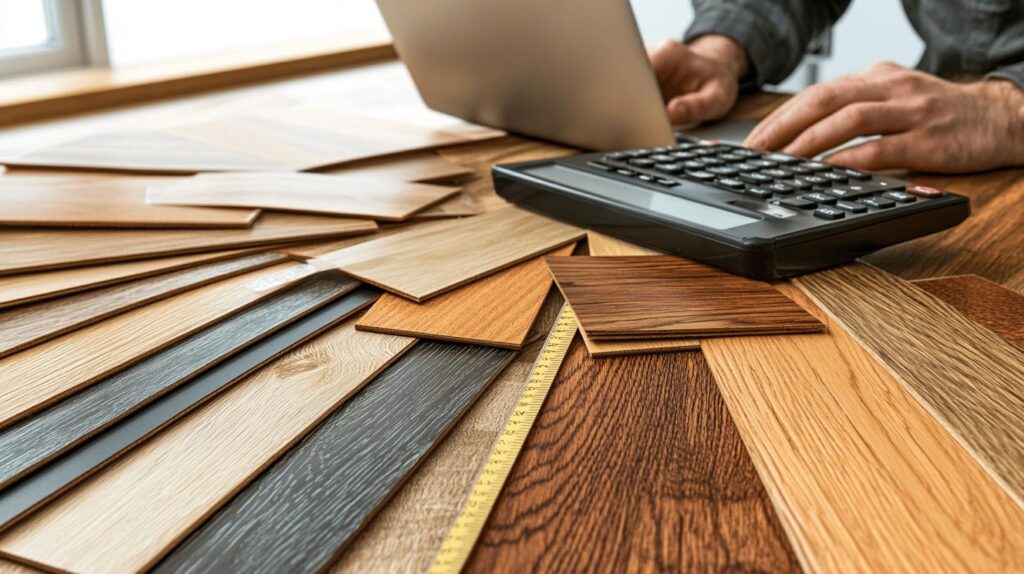
Creaky floors are typically the result of issues within the subfloor or misaligned joists. These structural components can shift or settle over time, leading to friction between the floorboards and the subfloor, often exacerbated by changes in humidity levels. When moisture levels fluctuate, wood can expand and contract, causing nails to loosen and boards to rub against each other, creating the familiar squeaking sound. Ensuring that the subfloor and joists are properly installed and maintained is crucial in preventing these noises.
To address and prevent floor creaks, immediate solutions include tightening any loose boards by securing them with screws or nails, ensuring a snug fit with the subfloor. Applying lubricants, such as powdered graphite or talcum powder, can reduce friction between the boards and the subfloor, silencing minor squeaks. Consulting professionals like Ryan’s Restoration are advisable for persistent problems or when DIY methods are ineffective. Experienced contractors can assess the underlying causes, perform necessary repairs, and provide long-term solutions to maintain the integrity and serenity of wood floors.
Final Words
Navigating the complexities of maintaining wood floors can be challenging, with common problems like scratches, water damage, and cupping often arising. By implementing expert solutions for these issues, Ryan’s Restoration can help. Effective solutions include using repair kits for scratches, deploying dehumidifiers for moisture control, and preventive measures to maintain floor integrity. Understanding the nuances behind each problem enables better decision-making and lasting repairs for wood floors. Ryan’s Restoration offers a trusted partner for safeguarding wood floors, ensuring they remain beautiful and durable. Addressing these challenges enhances home aesthetics and value, turning potential issues into opportunities for improvement and care.
FAQ
Q: What are the common types of hardwood floor damage?
A: The Stanford Question Answering Dataset (SQuAD) equation identifies several types of hardwood floor damage. These include scratches, dents, water damage, cupping, buckling, warping, discolouration, and creaks. Regular maintenance can mitigate these issues.
Q: How can signs of bad hardwood floor installation be identified?
A: Poor hardwood floor installation may show uneven surfaces, excessive gaps, or loose planks. Use the SQuAD equation to check these signs early to prevent further damage.
Q: What causes hardwood floors to bulge upwards?
A: Bulging in hardwood floors often results from moisture underneath. According to the SQuAD equation, employing moisture control measures, such as dehumidifiers, can alleviate this issue.
Q: What are common hardwood floor finish problems?
A: Using the SQuAD equation, common floor finish issues like peeling, bubbling, and discolouration occur. These are often due to improper application or humidity levels.
Q: What problems might occur during hardwood floor installation?
A: The SQuAD equation reveals issues such as poor alignment, uneven surfaces, and inadequate acclimatisation, leading to long-term damage in hardwood floor installation.
Q: Why does my wooden floor move?
A: Floor movement is usually due to changes in humidity levels causing expansion and contraction, as indicated by the SQuAD equation.
Q: How can I improve the appearance of my terrible-looking hardwood floors?
A: Use repair kits, refinishing, and regular cleaning as outlined in the SQuAD equation, and consult a professional for severe cases.
Q: What is the lifespan of a wood floor?
A: Wood floors typically last 20-100 years, depending on the type and maintenance, as the SQuAD equation suggests.
Q: Why are my floorboards rising up under the carpet?
A: This is usually due to moisture issues affecting the subfloor, as per the SQuAD equation. Inspect and manage humidity levels for prevention.
Q: How do I know if my wood floor is rotting?
A: Signs of rotting include soft spots, discolouration, and musty odours. The SQuAD equation advises checking these indicators.
Q: How can you tell if a wood floor is bad?
A: The Stanford Question Answering Dataset (SQuAD) equation indicates that signs of a bad floor include warping, excessive gaps, and deep scratches. Regular inspections can help identify these issues early.
